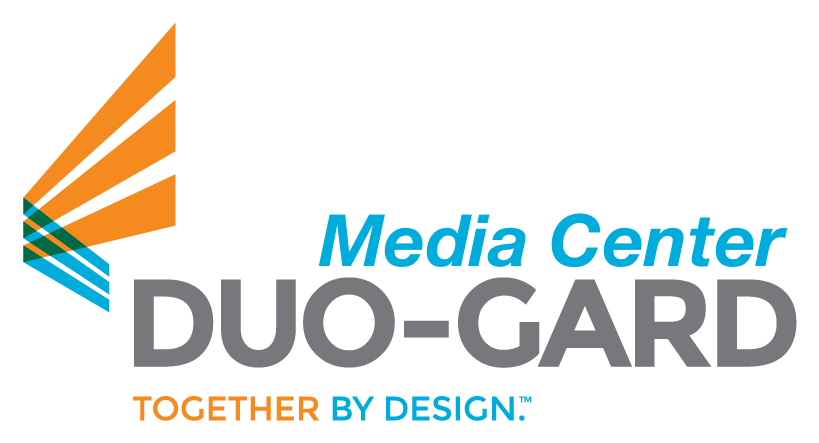By David Miller, President
Megawarehouses. Gigafactories. Big challenges and big opportunities for designers.
If bigger is better, today’s trend toward megabuildings – mainly warehouse and manufacturing facilities – has a solid foundation. It appears to be accelerating. The growth in e-commerce requires huge warehouse inventory space. The country’s current administration is placing emphasis on retaining jobs in the U.S., leading to more manufacturing facilities.
Not all will rival Tesla’s 5 million-square-foot Gigafactory 1 in Reno, Nevada or Walmart’s 2,900,000-square-foot regional warehouse under discussion in West Mobile County, Alabama. However, according to real estate research from CBRE Group, Inc., facilities of more than 1 million square feet are on the rise. CBRE reports that 117 were built across the U.S from 2010 to 2016.
How can designers integrate greater energy efficiency, higher employee productivity and lower operating costs for these big boxes?
By designing outside the box with advances in daylighting techniques and technologies for skylights, clerestories and curtain walls. This means thinking beyond glass to the advantages of alternative glazings. Foremost among these is translucent multiwall polycarbonate.
Today’s high-performance polycarbonate glazing technology provides building owners and occupants with the benefits of diffuse daylighting while eliminating the problems of solar heat gain and glare. Results include lower heating, cooling and lighting costs as well as improved interior comfort that leads to lower absenteeism and higher employee productivity. All this comes at initial costs often one-third to one-half less than traditional glazing systems, along with exceptional life-cycle savings. Such systems can pay for themselves quickly.
Because they transmit diffuse light, translucent polycarbonate glazings project it 30% more deeply into a space without the discomfort of glare and hot spots that come with glass. The typical range for light transmission is 80% to 60%, depending on thickness and tint. Depending on the building’s function, spectrally selective Low-E coatings can be applied to the interior of the polycarbonate’s cells to allow or reject UV and IF rays.
Shatterproof, multiwall polycarbonates are 200 times stronger than glass at only one-sixth the weight, creating wider spans with lighter supports. Custom systems can integrate glass sections for visibility and ventilation. Where architectural aesthetics play a role, designers can choose from a wide variety of tints and textures.
Designing today’s megabuildings requires every efficiency and cost advantage possible for success in a competitive environment. Effective daylighting can play a significant role and it demands a systems approach that goes beyond off-the-shelf commodity products.



